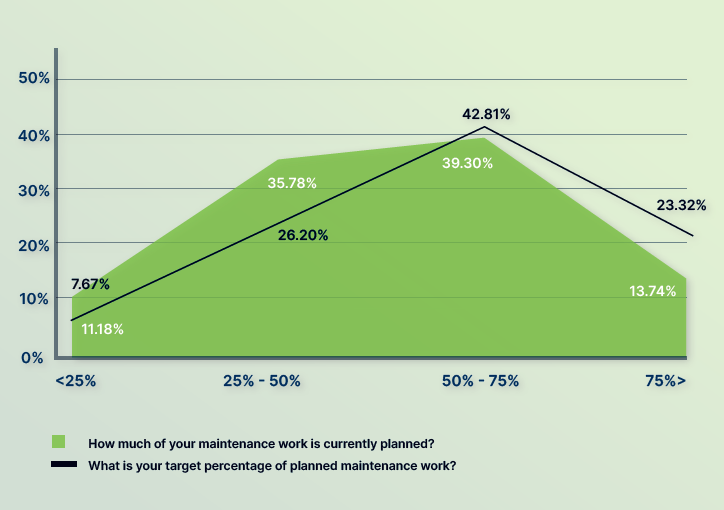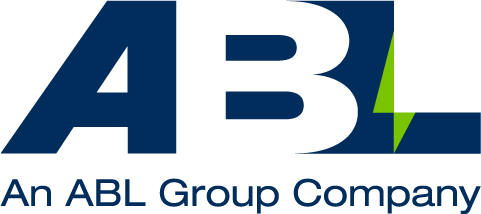Why is asset integrity management important? The 5 major benefits
Asset integrity management (AIM) is the term that describes the practice of visualising and managing assets to ensure they’re performing their required functions, safely, effectively and efficiently throughout their lifetime and potentially for an extended lifetime if the right data has been collected.
What makes asset integrity management so important is its ability to protect and extend an asset’s operational life expectancy, increasing the return on capital investment, while also helping to reduce costs, increase safety and enhance performance.
It encompasses so many important engineering and data management disciplines that all work towards common goals, from operations maintenance and inspection, to inventory, procurement, risk management, training and so much more.
The top benefits of asset integrity management
1. Fewer equipment failures
Over time, equipment becomes degraded, damaged, or obsolete, and if not looked after properly, this could cause a high chance of breakdowns and failures which could have significant consequences.
Failure to implement a solid asset integrity management strategy can lead to multiple challenges and risks, not only financially for the organisation, but also the safety of staff, the environment, and reputation.
One of the main benefits of asset integrity management is that it provides teams and individuals with vital information that can be used to make more informed, strategic, data-driven decisions, helping to detect early warning signs of equipment or component failure, and ultimately enabling the team to confidently implement work that prevents future issues.
This is mitigated through a repairs and spares strategy, ISO 14224 based equipment strategies and safety performance standard driven assurance tasks, a solid maintenance plan which is complied with and driven by equipment condition, and optimised planning and scheduling. Underpinning this is a spares management process which links the inventory to the physical equipment on the plant.
2. Greater asset safety and reliability
The ageing of assets is a natural process, however, it is important to ensure that the rate at which an asset is ageing does not entirely impact its integrity or reliability and that the safety barriers which reduce deterioration are in place and functional.
AIM focuses on maintaining the integrity of physical assets, ensuring they operate safely and reliably. This reduces the risk of accidents, equipment failures, and unplanned downtime, which can have severe consequences for both personnel and the environment.
By focusing on asset integrity management strategies such as benchmarking and analysis, maintenance optimisation and process safety management, you are investing in greater asset reliability which helps to capitalise upon the investment made in your physical assets by expanding output. In addition, increased asset reliability can help to decrease costs and expand asset life spans without compromising the safety of people or the environment.
In our latest blog post, one of our Principal Consultant’s for Maintenance and Reliability Engineering, Brain Smith touches upon the importance of maintenance and reliability, highlighting key factors such as regulatory compliance, third-party requirements and licensing.

3. Reduces unplanned downtime
Planned downtime is a term frequently used throughout the energy industry to describe the task in which engineers and technicians spend allocated time upgrading and replacing parts of equipment.
Unlike planned downtime, unplanned downtime occurs when an asset unexpectedly fails or breaks down, making it more difficult to continue operations as emergency repairs are often needed. In the majority of cases, the cost of breakdowns is not factored into budgets and can lead to immediate attention from staff, proving costly in terms of repairs and labour whilst under pressure to get back into production.
The graph below shows the difference between how much work Maintenance Managers had planned vs what their target percentage was from The 2023 Global Maintenance Manager Report. By maintaining the integrity of equipment, machinery or assets, you are ensuring that your assets are operational throughout their intended life cycle which means fewer unexpected replacements and less costly repairs.

4. Stronger business performance
AIM fosters a culture of continuous improvement by encouraging regular assessment and enhancement of maintenance practices. This leads to the adoption of best practices and innovative solutions, driving operational excellence.
In asset-intensive industries, it’s critical that equipment is carefully monitored and maintained through every stage of its lifecycle, from the design phase all the way through to decommissioning.
When carrying out any sort of maintenance or performance review, assets should be thoroughly checked for any signs of fatigue, weakness or corrosion as this can halt or delay operations, leading to unwanted downtime, and consequential damage to assets.
Assets that are being proactively maintained and monitored will perform in the Upper Quartile; those that are being neglected are generally Lower Quartile and reactive in nature, as there is a greater opportunity to identify potential issues early and take relevant actions such as replacing or fixing assets.
Adhering to AIM practices also ensures compliance with industry regulations and standards. This not only avoids legal penalties but also enhances the organisation’s reputation and trustworthiness in the market.

5. Increased efficiencies and decreased costs
Throughout the energy sector, there has been a growing trend for businesses to focus on finding ways to improve the efficiency of their assets, with fewer resources available, generating pressure for companies to not fall behind the curve.
A well-prepared and implemented asset integrity management strategy can help to bring greater efficiencies – from giving organisations access to a larger volume of real-time asset data and documentation, to implementing processes and strategies that can help to plan and schedule asset integrity tasks as effectively as possible.
All of this leads to reduced costs, improved operational efficiency and more transparent change management.
We previously outlined the biggest cost and time saving initiatives for both maintenance and materials – which give you deeper insights into how to get started in these areas.
At ABL, we have a passionate team dedicated to Asset Integrity Management that can support your business by offering invaluable advice and helping to implement a range of fully optimised asset management strategies including:
- Maintenance strategy optimisation
- Benchmarking and analysis
- Data migration
- Inventory and materials management
- Process safety management
- Asset life extension
- Training and competency
